Deck & Commander Strategies

Leonardo da Vinci
Builds an artifact-centric board by exiling artifacts from the graveyard to create 0/2 Thopter copies of them, leveraging powerful artifact effects and generating value through repeated artifact token creation.
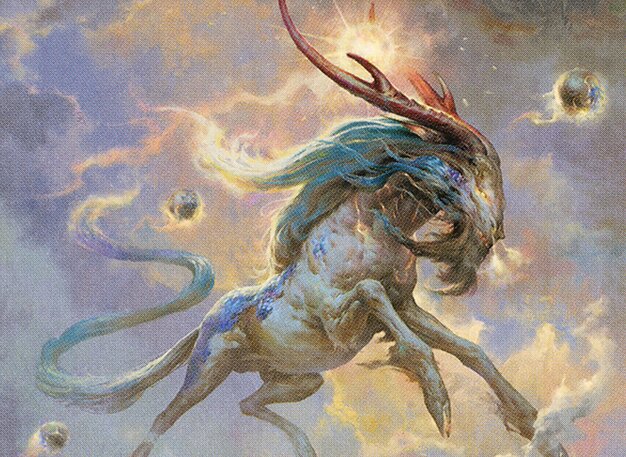
Hinata, Dawn-Crowned
Reduces the cost of spells based on targets and increases opponents' spell costs, while stealing permanents using Reality Spasm and Willbreaker to disrupt opponents and control the board.
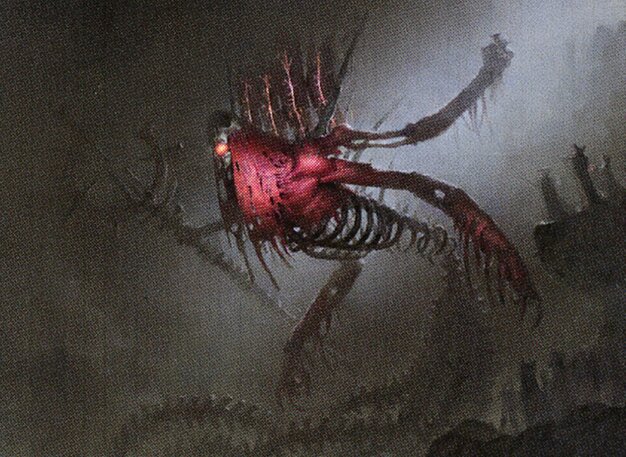
Drivnod, Carnage Dominus
Utilizes sacrifice and aristocrats mechanics, draining opponents’ life through creatures like Vengeful Ripper and sacrificing creatures to gain incremental advantage and board control.

Braids, Arisen Nightmare
Forces opponents to sacrifice creatures each turn, drawing cards and generating advantage through sacrifice synergies, while filling graveyards and stealing key creatures for additional pressure.
Gameplay Insights
- 1
Leonardo da Vinci’s ability to exile artifacts from the graveyard and create artifact token copies was a pivotal engine, allowing for repeated value generation and board presence despite opponents’ removal or sacrifice effects.
- 2
Braids’ forced sacrifice trigger created tension and forced opponents to make difficult decisions, enabling card draw and fueling graveyard synergies that Leonardo exploited for artifact copying.
- 3
Hinata’s use of Reality Spasm and Willbreaker to steal permanents was a strong disruptive tool that slowed the sacrifice decks and limited their aggression.
- 4
Blake’s slow but steady aristocrats-style sacrifice plan provided constant life drain pressure, which synergized well with Braids’ forced sacrifices but was vulnerable to Hinata’s control effects.
- 5
The interplay of graveyard recursion, artifact token creation, and sacrifice effects created a dynamic midgame where players had to carefully manage resources and timing to maintain control.
Notable Cards
-
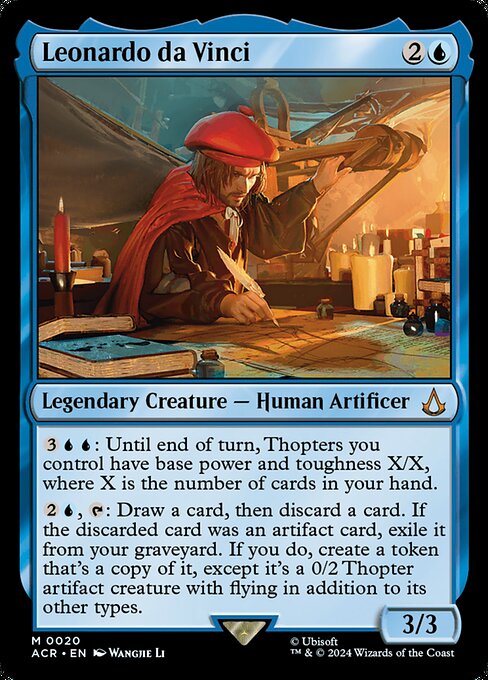
Leonardo da Vinci
-

Willbreaker
-
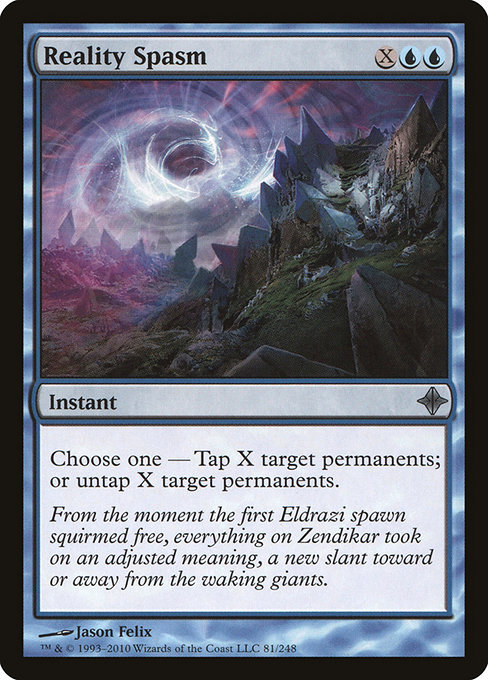
Reality Spasm
-

Braids, Arisen Nightmare
-

Reassembling Skeleton
-
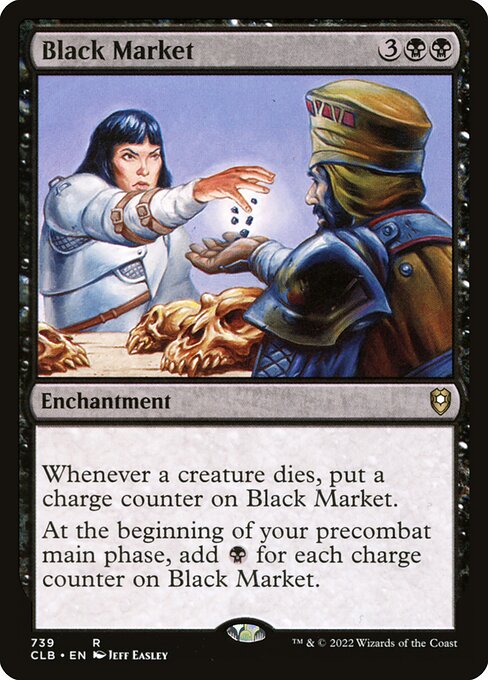
Black Market
-

Reliquary Tower
Gameplay Summary
The game opened with players setting up their respective mana bases and early board presence, with minimal interactions in the first few turns.
Leonardo da Vinci's artifact-focused deck began to build momentum by creating 0/2 Thopter tokens that copied powerful artifacts, including Portal to Phyxia, which forced opponents to sacrifice creatures and allowed the player to reanimate creatures from any graveyard.
Meanwhile, Ben’s Hinata, Dawn-Crowned deck aimed to manipulate spell costs and control the board by stealing permanents using Reality Spasm and Willbreaker, creating a taxing environment for opponents.
Blake piloted a sacrifice-heavy Aristocrats-style deck with Drivnod, Carnage Dominus, leveraging creatures like Vengeful Ripper to drain opponents steadily.
Shea’s Braids, Arisen Nightmare deck synergized with the sacrifice theme by forcing players to sacrifice creatures and drawing cards, increasing hand advantage while pressuring opponents with resource denial. Key turning points included Braids' activation causing multiple players to sacrifice creatures, which fueled graveyard-based strategies and card draw.
Leonardo’s artifact token creation turned the tide by flooding the board with copies of impactful artifacts, disrupting opponents’ plans.
Hinata’s taxing mechanics and stealing of creatures slowed down Blake and Shea’s sacrifice synergies, while Blake steadily drained life through sacrifice and Aristocrats effects.
The interplay between graveyard theft, artifact token production, and sacrifice mechanics created a layered strategic game where board control and tempo swings dictated the flow.
The game’s win condition revolved around either overwhelming opponents with artifact tokens and reanimated creatures or out-valuing them through incremental sacrifice damage and card advantage, leading to a dynamic and complex midgame.














































